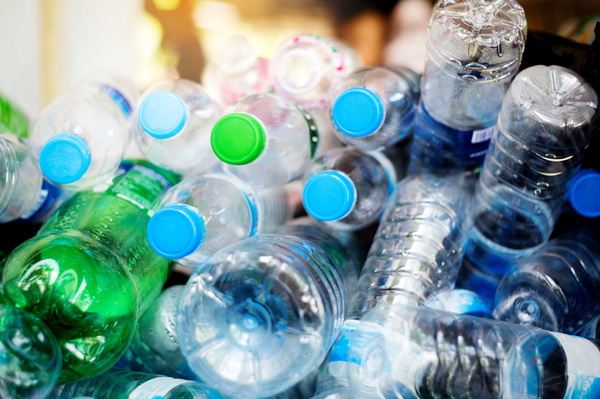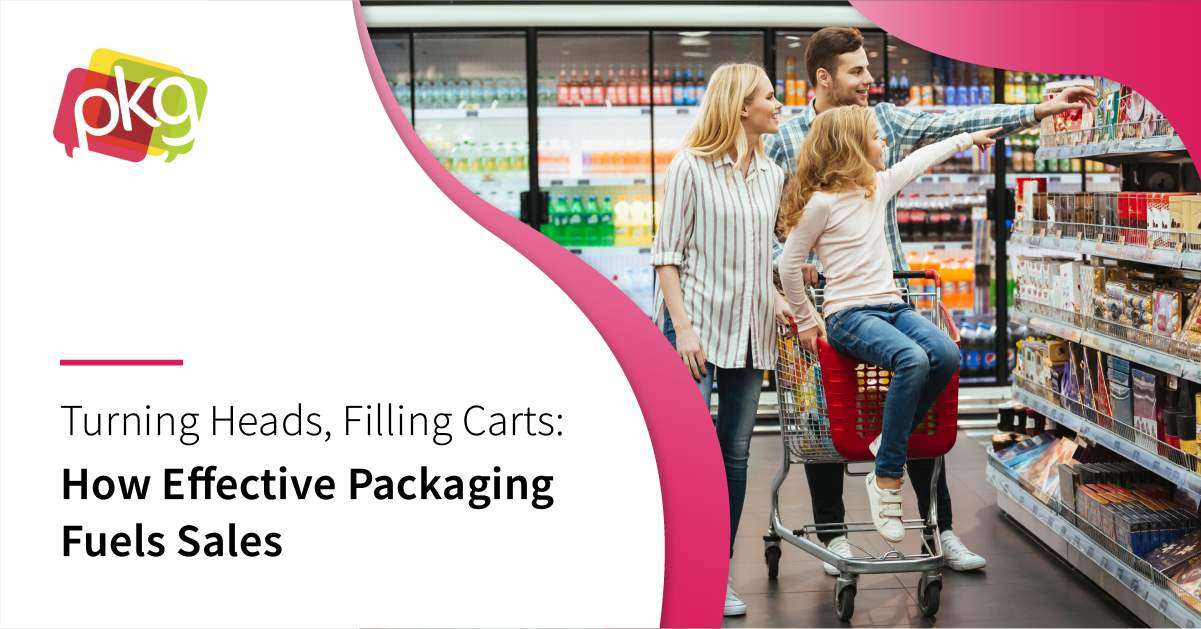If you are using plastic in your CPG packaging, adopt digital watermarks to be more sustainable. They help the recycling process by making plastics easier to sort.
Products and packaging account for a lot of public solid waste. Research shows these materials generated 82.2 million tons of waste in 2018. This amounts to 28.1% of total waste generation.
Digital watermarks will cut down on this waste by providing a more economical and efficient way of recycling packaging containing plastics. Here’s what you need to know.
What Is a Digital Watermark?
A digital watermark is a hidden mark used to sort plastics through automation. It helps increase recycling rates and drives a circular economy.
A circular economy promotes growth by placing a focus on positive benefits to society. Sorting packaging and other post-consumer wastes is one of the biggest challenges for creating this type of economy. Accurately identifying materials used in CPG packaging results in higher quality, more efficient recycling.
Digital watermarks introduce new possibilities that were not previously available. For example, by improving how product packaging is sorted, materials like plastics can be disposed of properly.
The three key goals of creating digital watermarks are:
- Innovation
- Sustainability
- Digitalization
The purpose is to achieve a clean, circular economy while minimizing waste.
Digital watermarks are codes that cannot be seen by the human eye. Approximately the size of a postage stamp, they are placed on packaging to provide critical information.
One package can contain several digital watermarks. Each conveys a separate piece of data that is used to properly sort materials during the recycling process. This data includes:
- SKU
- Manufacturer
- Composition for multi-layer objects
- Type of plastics used
- Food vs. non-food usage

How Do Digital Watermarks Work?
Once your CPG packaging arrives at a waste sorting facility, the digital watermarks are detected by a high-resolution camera on the sorting line where they are decoded. Each package is then sorted according to the watermarked data.
Digital watermarks benefit the entire packaging chain by raising overall value. They may also be useful in other areas of business, including:
- Consumer engagement
- Retail operations
- Supply chain visibility
Why Use Digital Watermarks?
While a large part of achieving a circular economy requires companies to decrease the amount of plastics used in CPG packaging, it is equally important to recycle plastics correctly. Using digital watermarks will go a long way toward improving plastic packaging recycling. Plastics Recyclers Europe reported only 42% of the waste from plastic packaging is recycled in Europe.
The European Brand Association (AIM) is creating a pilot project that uses this technology. AIM is a lobby group that represents brand manufacturers of all types. So far, over 88 companies have become partners on this project.
The digital watermarking technology will be evaluated at a sorting facility to test its full potential. This will validate its multiple uses. Technology companies and packaging suppliers will work with brands and retailers to figure out ways of modifying CPG packaging to include these watermarks.
Industrial testing will come next. This will mean introducing packaging containing digital watermarks to national test markets.
PKG Brand Design is always on the forefront of new CPG branding and packaging initiatives, please subscribe to our blog for the latest package design industry news!







